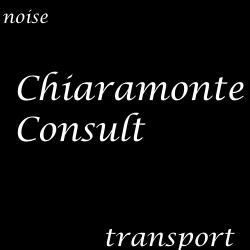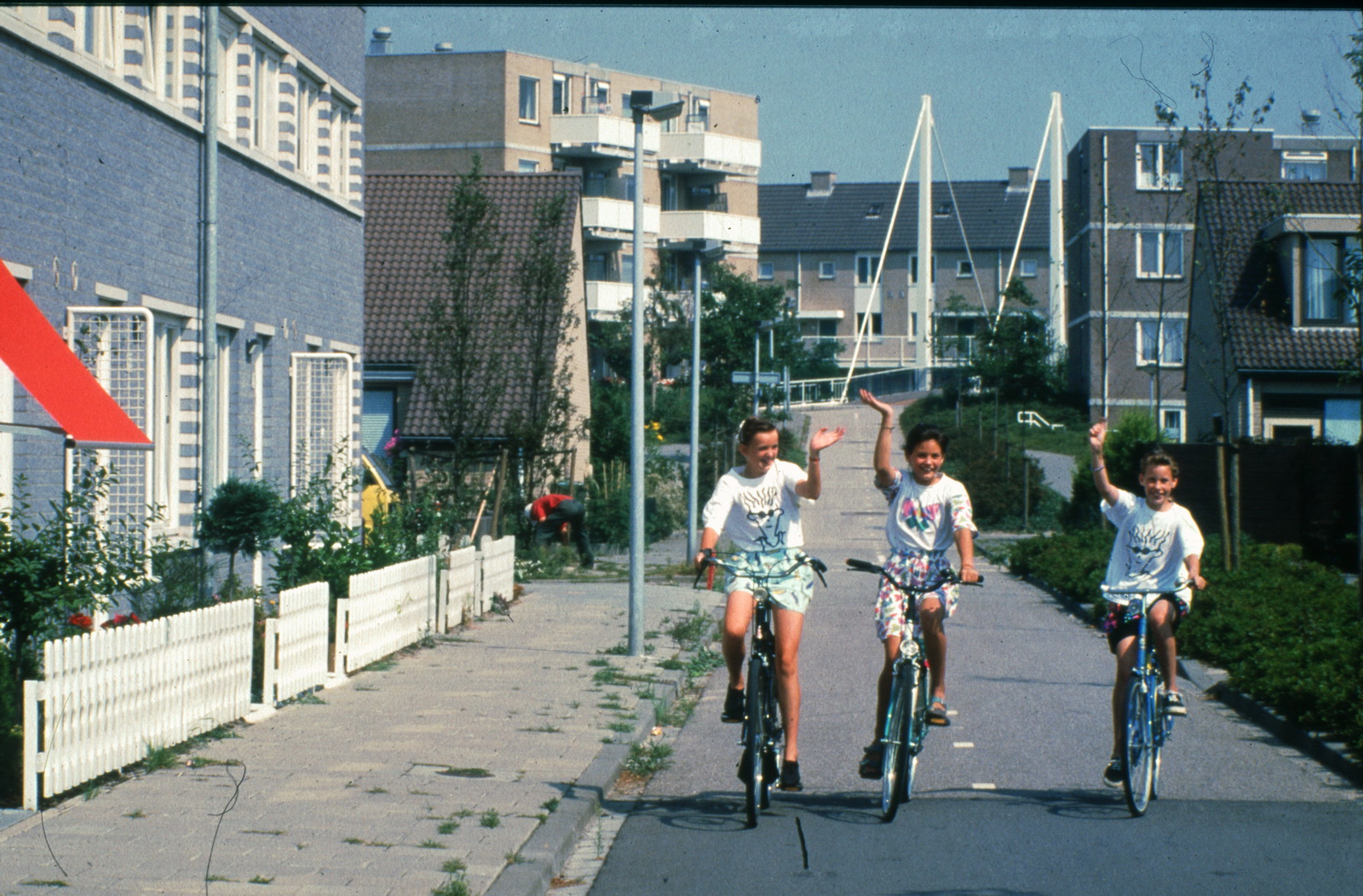

Introduction
Sound, noise and quiet
Definitions and selection criteria
Health benefits of quiet & biodiversity
The economic value of quiet areas
Lessons learned from commitments by MS and other competent authorities
Methods for identifying quiet areas
Recommendations and Conclusions
More on:
- references & useful documents and links
- health effects
- quiet facades
- protection and monitoring
Disclaimer: this site is based on the published EEA document, but not identical. Over time the differences will increase as more recent material will be added to this site by Chiaramonte Consult. Please send your comments and suggestions for extensions and improvment to info@quietareas.eu.
Sound, noise and
quiet
Following the definitions provided in
Article
3 of the END, a quiet area is not intended to be silent, but
undisturbed
by unwanted or harmful outdoor sound created by human activities (i.e.,
environmental noise). Harmful sounds are those that have a negative
effect on
human health, including annoyance and sleep disturbance. Put
differently, quiet areas can be understood in terms of
absence of sound that interferes with activities. Communication
in all its subtle (orientation, signals of upcoming danger) or direct
forms
(speech, warning signals) of course will be disturbed by noise, but
also
processes like thinking, reading, writing, sleeping,
learning are known to be disturbed by noise (e.g.,
Stansfeld et al., 2005; WHO, 2000, 2011).
